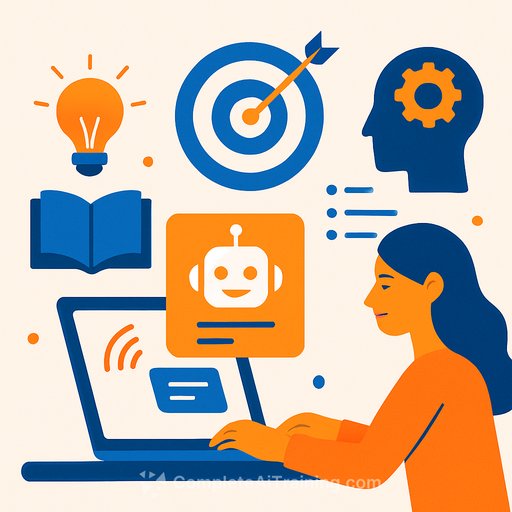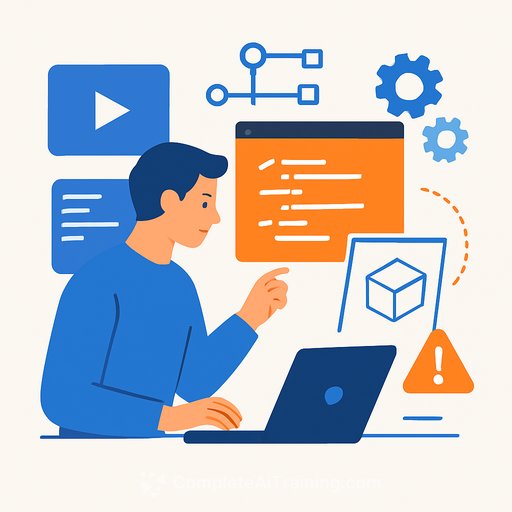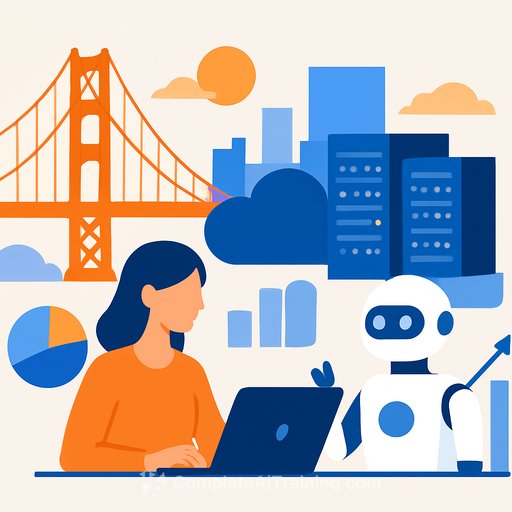The Quiet Shift from Static to Adaptive Learning
Change rarely arrives with fanfare. Often, it begins with a hesitant click—installing an AI-powered tool you suspect might gather dust. Maybe you saw a colleague using it or gave in to a late-night impulse. But after those awkward first steps, something shifts. The tool stops being passive. It learns your weak points and nudges you when you lag. That’s where real skill-building quietly starts.
Real-Time Feedback: What Traditional Learning Misses
Traditional learning often feels like a slow conveyor belt—everyone moves at the same pace, with identical materials. Fall behind, and catching up is tough. AI breaks this mold. It watches how you work, adjusts difficulty on the fly, and delivers exactly what you need next.
Take language apps like Duolingo. Their spaced repetition feels like a friend reminding you just in time. Coding assistants such as GitHub Copilot spot errors before they become bugs and suggest fresh paths when frustration looms. The same principle applies across diverse fields—from AI poker trainers to design simulators.
Unlike human coaches, who often provide feedback hours or days later, AI gives instant guidance. Writers get grammar tips as they type. Designers catch asymmetry before client reviews. This immediacy keeps momentum and builds durable habits. In complex areas like poker, AI can scan thousands of scenarios in minutes, finding inefficiencies that would take humans weeks.
Personalization Becomes Standard
The real difference with AI is how personal learning becomes. Legacy systems treated everyone the same. AI tailors the experience based on how you absorb information—whether through visuals, repetition, or hands-on practice.
Language platforms reorder lessons. Music composition software adapts chord suggestions to your style. Technical training adjusts explanations to fit your grasp. The more you engage, the smarter it gets. This isn’t just for casual users; professionals upskilling in finance, engineering, or AI development benefit from custom learning paths aligned with their specific needs.
Scaling Without Sacrificing Quality
Human mentors have limits—one can only manage so many students effectively. AI removes this bottleneck. It can guide thousands simultaneously, each on their unique path, without losing consistency.
Corporations integrate AI into training to keep teams current. Universities use AI assistants to handle routine questions, freeing instructors for deeper discussions. Competitive strategy programs, from chess to AI poker bots, coach beginners and experts alike with precision.
This scalability means someone in a remote area can access the same quality instruction as a professional in a major tech hub. It’s not about replacing teachers but expanding reach and removing constraints.
Human-AI Collaboration: Combining Strengths
Despite advances, AI still struggles with human unpredictability. People have off days, lose motivation, or change direction. AI can match skill levels but lacks the empathy and intuition of human mentors.
The best results come from combining AI with human guidance. Career coaches can use AI for routine assessments, freeing time for meaningful conversations. Poker AI developers run simulations while deciding on strategy based on live play. Each complements the other, covering gaps.
The Path Forward: Momentum Over Shortcuts
Accelerating skill development isn’t about rushing to the finish line. It’s about removing friction so progress feels steady, not stalled or backward.
AI tools shorten the gap between novice and expert but don’t replace effort. The most effective solutions don’t promise shortcuts; they sustain momentum. Whether you’re learning a language, refining code, or exploring AI poker development, advancing today means consistent, real-time progress.
Your membership also unlocks:






